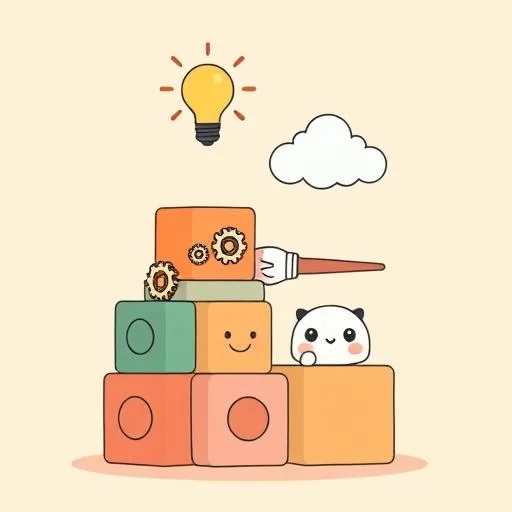
Ever watched a child build a block tower only to gleefully knock it down and start again? That fearless joy in experimentation is innovation’s heartbeat. So when I stumbled upon Hugging Face’s free courses, it felt like that same playful spirit—open, accessible, and bursting with possibility. Hugging Face’s vibrant community just launched five hands-on courses where coders share ideas like friends swapping stories. Reading about their AI agents and diffusion models courses, I couldn’t help smiling: this is how learning should feel. Playful, accessible, alive with curiosity. What if we brought that spirit home?
Why Free Community Learning Is a Superpower
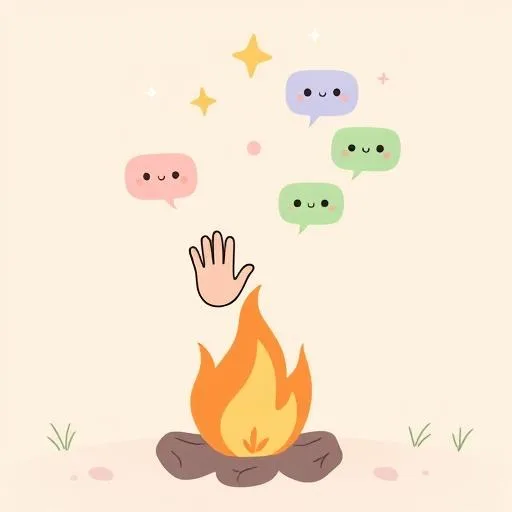
These courses aren’t lectures—they’re digital campfires. You’ll build AI agents alongside strangers-turned-allies, share wins on leaderboards buzzing like school carnivals, and troubleshoot together in Discord channels humming with ‘oh, I did that too!’ moments. It’s learning that breathes.
Remember teaching bike riding? No manuals, just running beside them as wobbles became victories. That’s Hugging Face’s magic: open doors where stumbles are stepping stones. Turns out, these courses thrive on community—just like kids sharing cookie recipes or playground discoveries.
Food for thought: What if homework came with built-in high-fives? When projects invite collaboration instead of isolation, every ‘oops’ becomes ‘let’s try together!’
How AI Concepts Spark Real Wonder
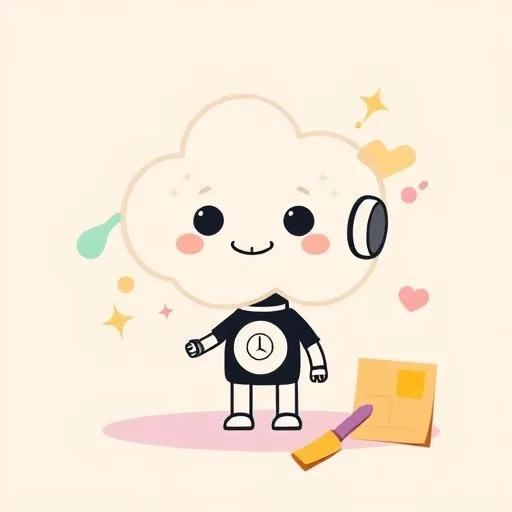
Untangle the jargon: AI agents? Like storybook friends fetching facts. Diffusion models? Smearing fingerpaints until a world emerges. The concepts mirror how kids learn best—messy, iterative, and bursting with ‘what if?’
Picture a rainy afternoon: kitchen turned ‘lab’ with sticky notes as sensors, paper cutouts sorting cookies (chocolate chip = yes, broccoli = negotiable!). It’d be gloriously chaotic—and that’s the point. Hugging Face’s courses capture this exact spirit: building with smol-agents and LangGraph isn’t about perfection, but playful ‘aha!’ moments.
Quick idea: When your child asks ‘how does Alexa know so much?’, whisper ‘What if we taught it something new?’ Then grab cardboard boxes. Building a robot together isn’t about circuits—it’s about giggles when tape holds ‘sensors’ crookedly. That shared discovery? It’s future-proofing their curiosity.
Building Resilience Through Playful Failure
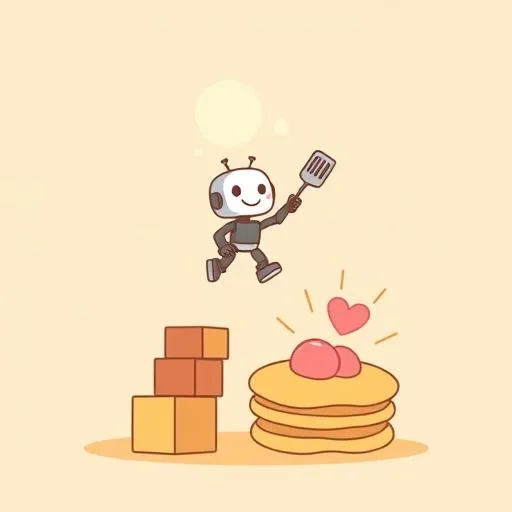
In reinforcement learning, agents train through thousands of failures—like Hugging Face’s ‘SnowballFight’ environments where throws miss before they hit. Sound familiar? It’s toddlers stacking blocks: each tumble fuels the next try.
These courses spotlight progress over perfection. Translate that to pancake mornings: when batter splatters, turning ‘oops’ into ‘let’s flip again!’ teaches resilience. Not by avoiding stumbles, but celebrating how we rise. As research notes, sharing results in communities turns struggles into stepping stones.
Reflection: When did we start treating mistakes as shameful? Let’s bring back the joy of ‘I tried!’—whether scribbling doodles or debugging code. That’s where courage blooms.
Learning Together: A Path to Kind Tech
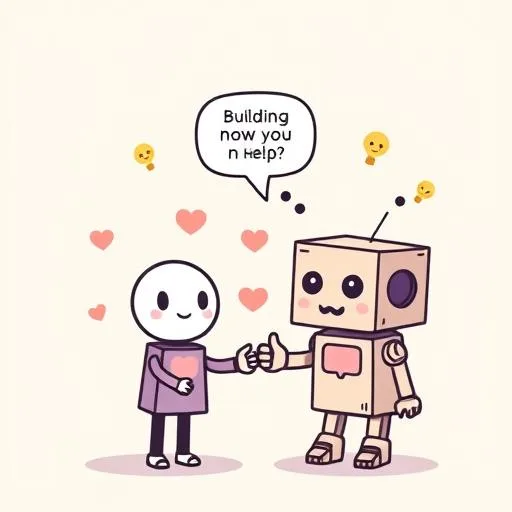
The real gem? These courses are built for sharing. Fork projects, swap ideas, cheer strangers. Community isn’t a feature—it’s the foundation. And that’s a parenting lesson worth its weight in gold.
We do this naturally: asking ‘why is the sky blue?’ not for answers, but to explore together. Sketch theories with crayons. Debate like junior scientists over dinner. That shared wonder transforms screen time into soul time—whether building real AI models or cardboard robots.
Navigating our AI-powered world, remember: the child designing a robot friend isn’t just learning code. They’re practicing empathy—’How might this help others?’ That’s the future we want: not just smart machines, but kind humans.
Final question: Tonight, ask your little explorer: What would you teach a robot to make someone smile? Then listen. Their answer might just light our path forward.
Source: 5 Free AI Courses from Hugging Face, KDnuggets, 2025/09/09
